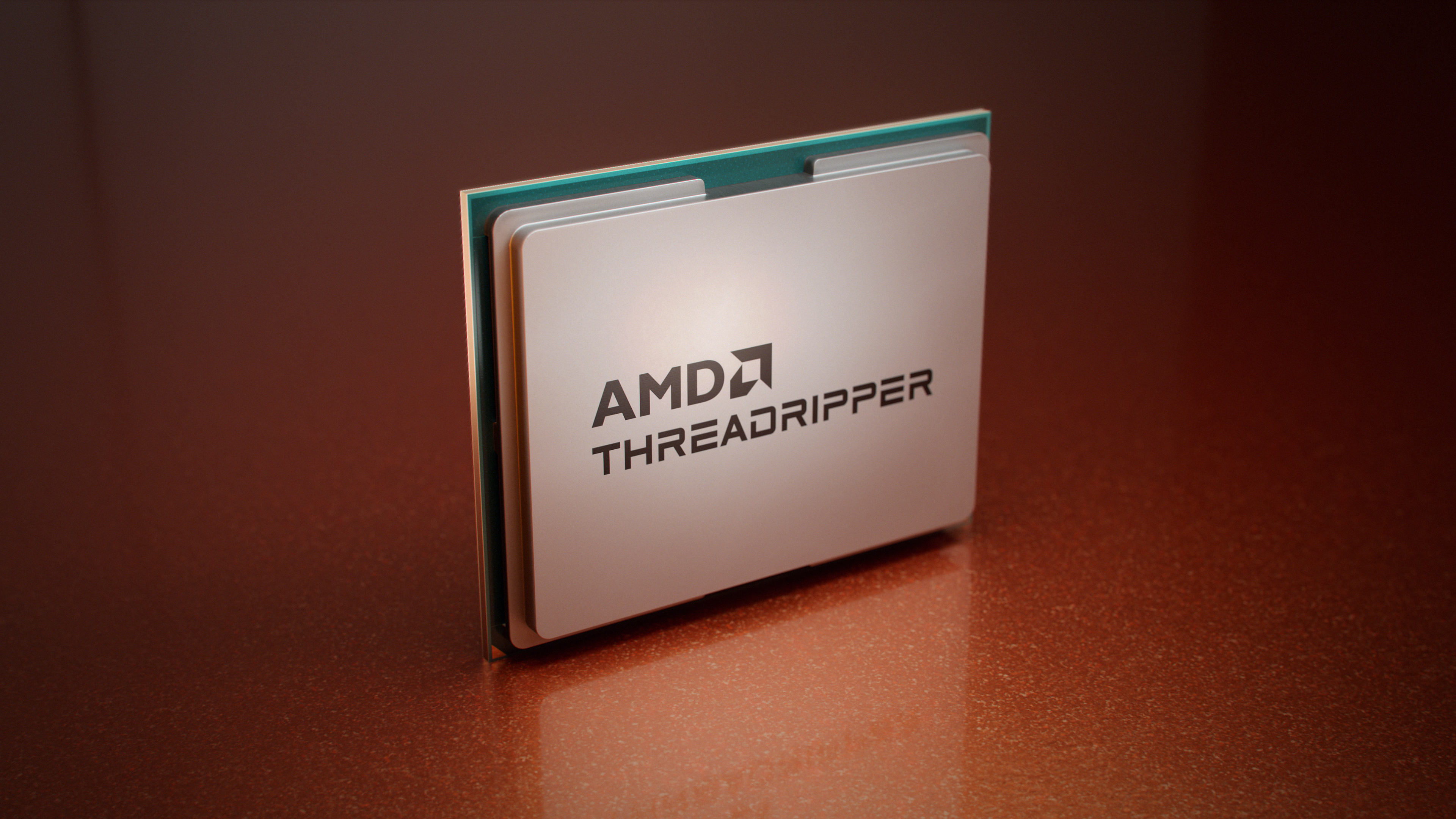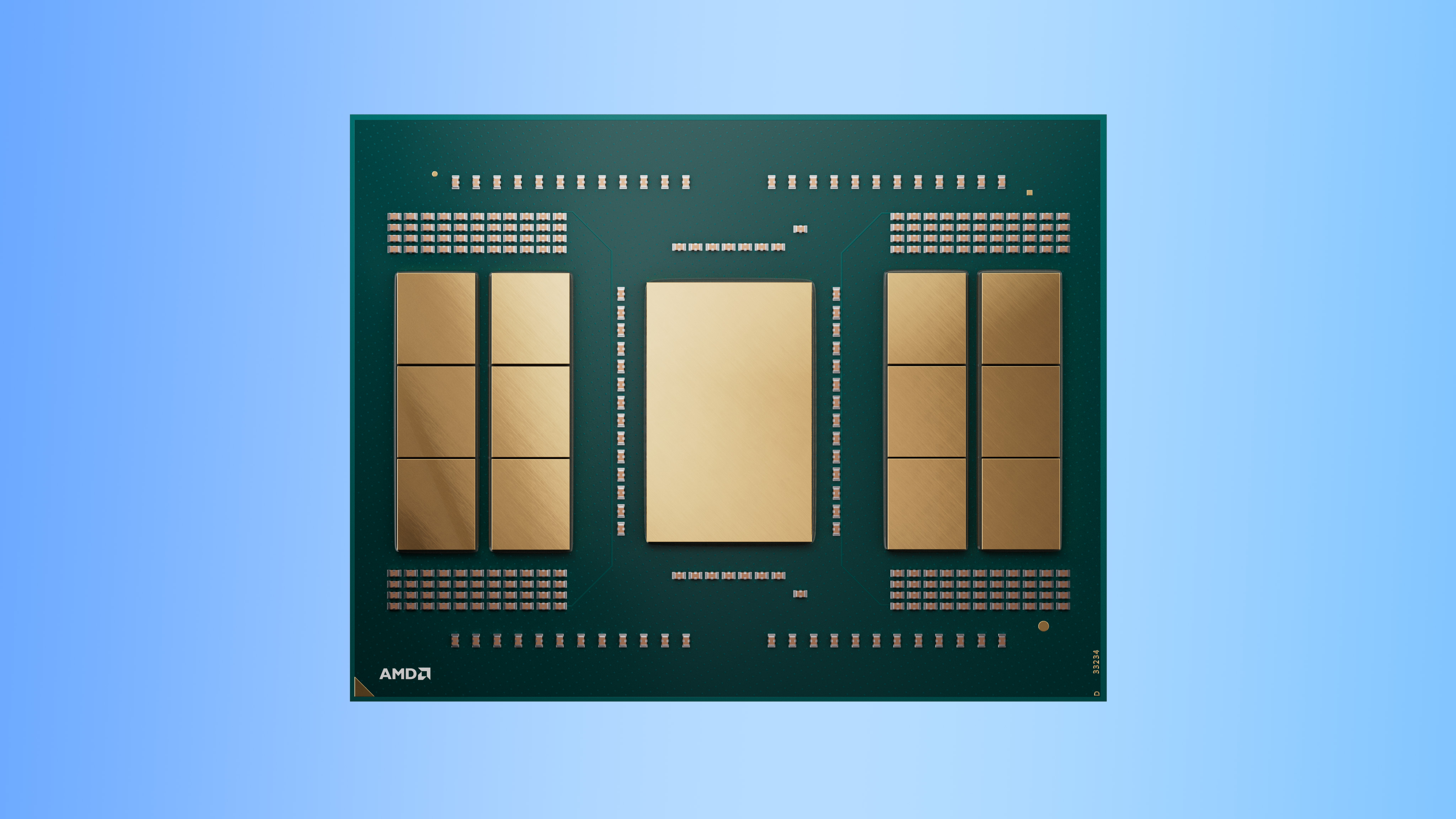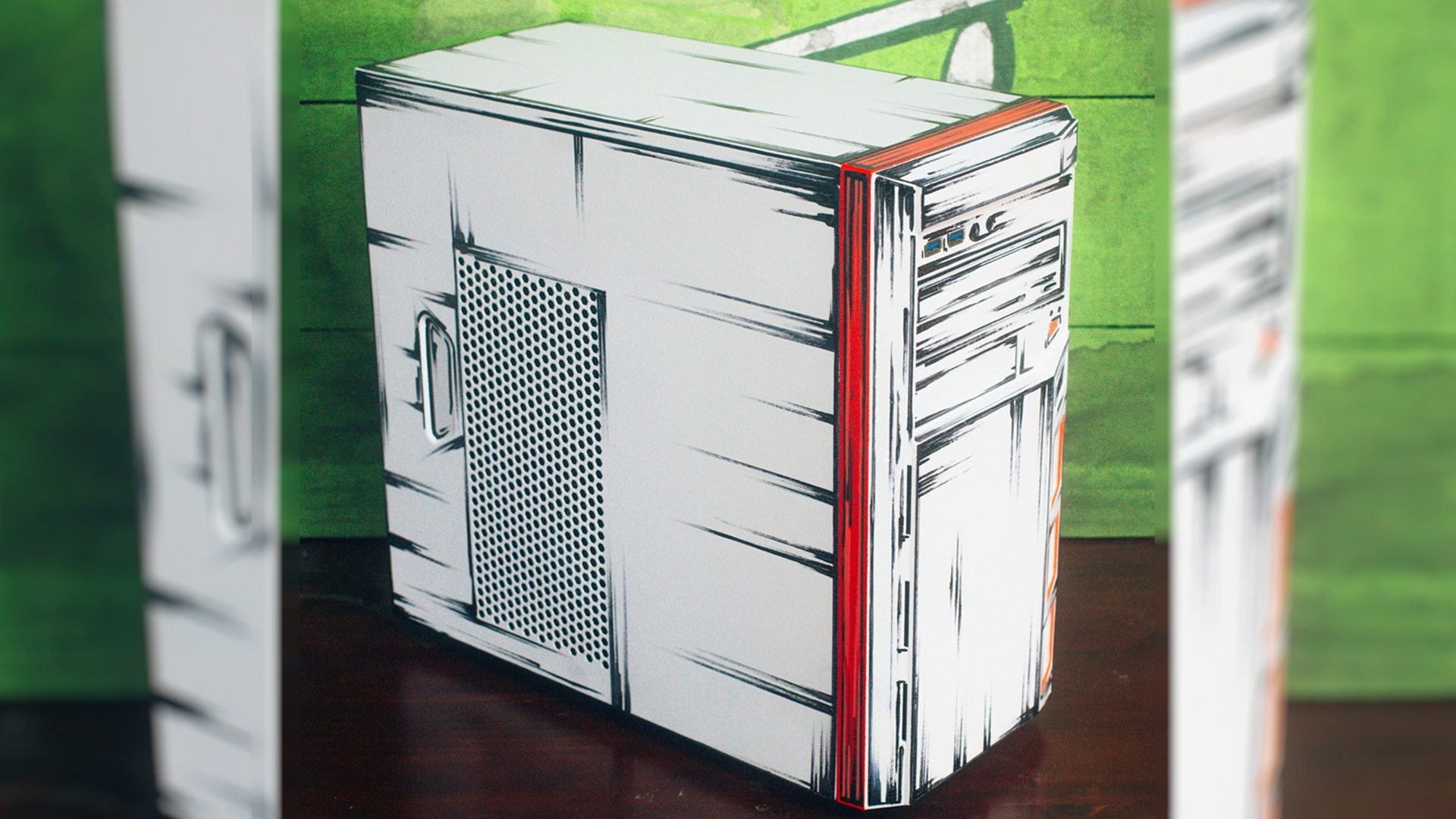
Coming June 2025.
Workstations get all the fun stuff. First, there was Maxsun’s dual-GPU graphics card, now we’re eyeing up 96 cores of Zen 5 from AMD. To be fair to the red team, it also announced the RX 9060 XT over at Computex, so us gamers got a little love too, but I remain a little envious of how much power is on offer for professionals.
The Ryzen Threadripper 9000 Series and Pro 9000 WX-Series marks AMD’s latest in its chunky workstation-grade chips.
Codename ‘Shimada Peak’, the line-up is led by the AMD Ryzen Threadripper Pro 9995WX. It has 96 cores, 192 threads, and boosts up to 5.4 GHz. It also has 384 MB of L3 cache, which is the same as the previous generation.
The cache size is an important figure to note. There have been rumours floating around that AMD might import 3D V-cache technology, available on both desktop Ryzen and server Epyc chips to massively boost L3 cache, to its Threadripper lineup. There’s no evidence of that here, at least not for this first batch.
The top chip uses 12 CCDs (chiplets containing eight cores each) and each CCD has 32 MB of cache. That’s the standard amount for Zen 5.
Catch up with Computex 2025: We’re on the ground at Taiwan’s biggest tech show to see what Nvidia, AMD, Intel, Asus, Gigabyte, MSI and more have to show.
These chips aren’t short of much, however. A 5.4 GHz boost isn’t bad for a chip of this size and only on the very tippy top chips do you see a considerable drop-off in base clock. The 9995WX runs at 2.5 GHz base clock, which is to be expected with 96 cores firing on all cylinders with a 350 W TDP.
There are some ‘HEDT’, or high-end desktop, chips that are aimed less at the pro crowd. These are led by the Ryzen Threadripper 9980X, with 64 cores, 128 threads, and 256 MB of L3 cache.
The new 9000 Series uses the same sTR5 socket as its predecessor, ‘Storm Peak’, otherwise known as the 7000 Series.
These new chips are expected to arrive in June this year. If you’re interested, I’d start saving now. Threadripper has been a rags to riches story: starting out as a dream of a few engineers and becoming a chip lineup that can cost as much as $10,000 per chip. Ouch.





